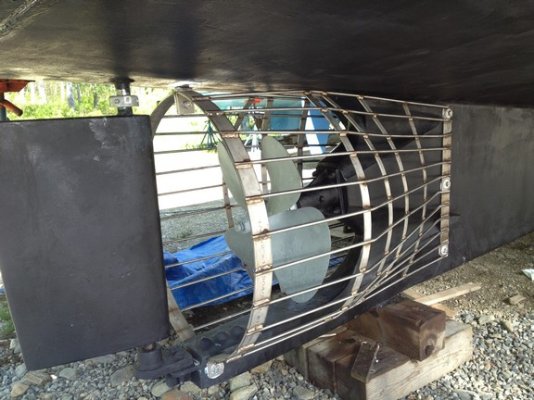- Joined
- Jan 9, 2014
- Messages
- 4,175
- Location
- USA
- Vessel Name
- N/A
- Vessel Make
- 1999 Mainship 350 Trawler
I saw this twice last weekend and it's getting a bit frustrating. In two different places fishermen decided to drop a lobster pot in the middle of a channel. This is in between a series of red/green buoys. They were different colors so, it was two different licenses involved.
One was coming into Watch Hil Pass in Rhode Island. This can be heavily congested with traffic and the pass slices between a rocky shore and a long set of shoals.
The other was in a much narrower channel. Again, right between the red and green buoys.
In either location, getting a line wrapped in the prop and getting disabled could be a big issue.
Shouldn't there be regulations preventing this behavior?
One was coming into Watch Hil Pass in Rhode Island. This can be heavily congested with traffic and the pass slices between a rocky shore and a long set of shoals.
The other was in a much narrower channel. Again, right between the red and green buoys.
In either location, getting a line wrapped in the prop and getting disabled could be a big issue.
Shouldn't there be regulations preventing this behavior?





